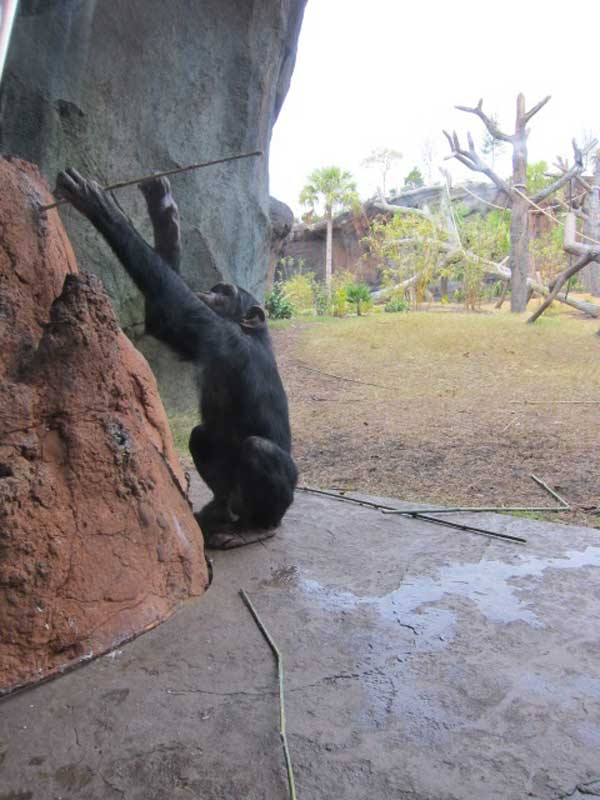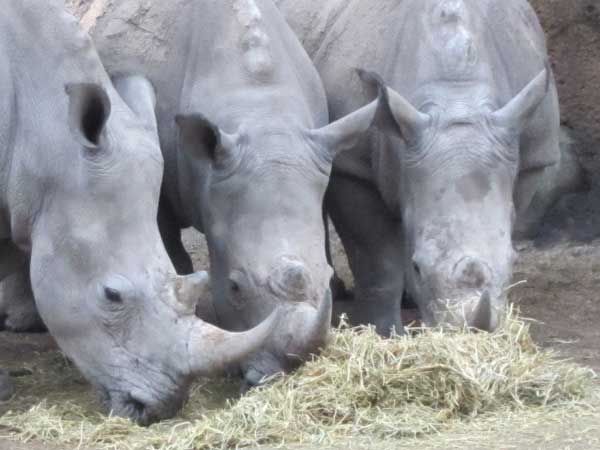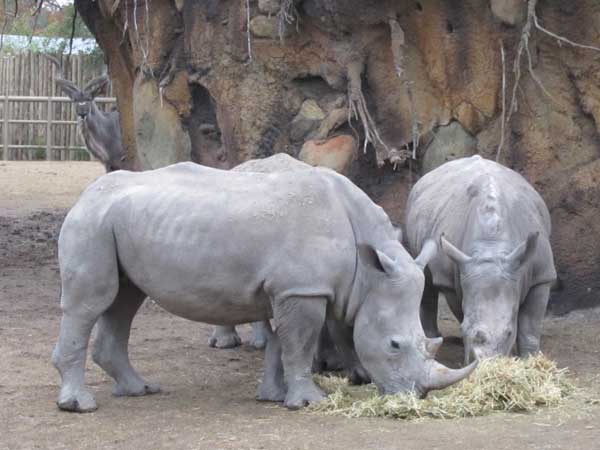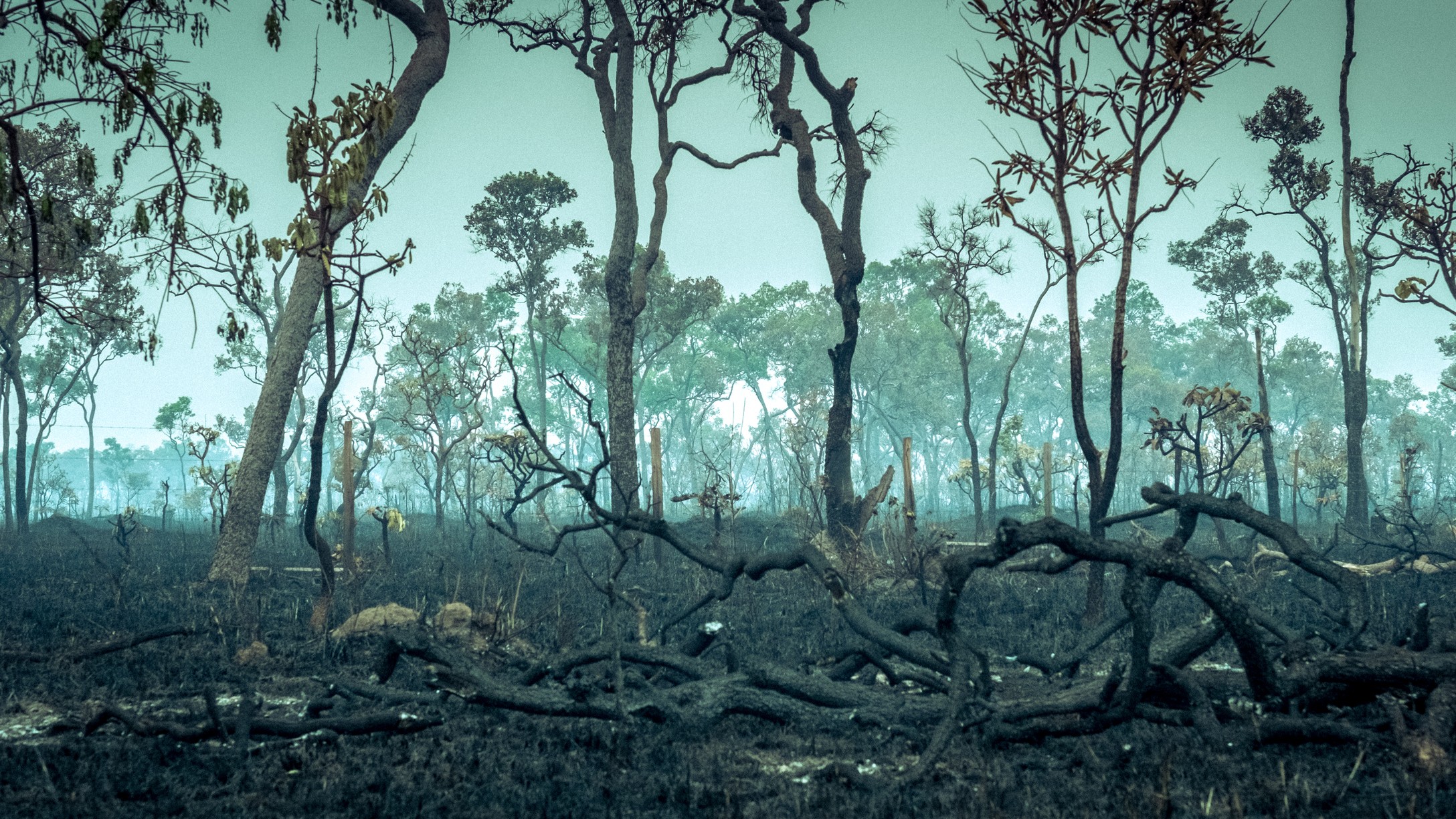Zoo's Africa Exhibit Provides Sanctuary for White Rhinos, Chimps

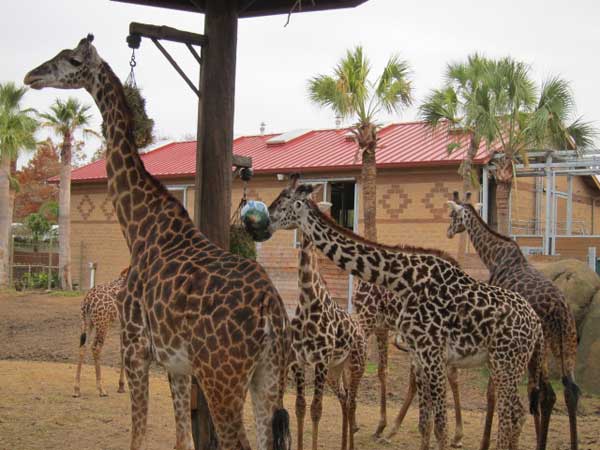
HOUSTON A new exhibit of African animals at the Houston Zoo is a refuge for a trio of white rhinos from South Africa and a family of retired show-business chimpanzees from California.
The $42 million exhibit opened to the public Dec. 10 and features giraffes, cheetahs and kudu antelope. The goal, Houston Zoo director Rick Barongi told OurAmazingPlanet, is to provide an immersive experience that tells a story about conservation. [Related: Zoo's New Exhibit Shows Plight of Asian Elephant .]
To that end, the exhibit is built around the fictional character "Gorilla Tommy," an explorer who intends to exploit Africa but who, through the course of a story told on signposts and in video, becomes a champion of conservation instead.
Protection from poachers
The real-life story of African conservation is spotlighted by the three white rhinos the zoo acquired from South Africa's Kruger National Park . White rhinos are listed as near-threatened by the International Union for Conservation of Nature.
Even within the protected boundaries of Kruger National Park, white rhinos are in danger from poachers, who kill them for their horns. Although rhino horns are made of the same material as human fingernails and have no medicinal benefit, they're valued as a cure-all in Asian traditional medicine.
According to Kruger National Park, white rhino poaching has risen as the cost of powdered rhino horn has skyrocketed. Between January and July 2010, South African national parks lost 152 rhinos to poachers.
Get the world’s most fascinating discoveries delivered straight to your inbox.
"Rhinos are under siege and it's a war out there right now, so ... these guys, we use them to tell that story," Barongi said of the three rhinos acquired by the zoo.
Kruger National Park sustains a large enough rhino population that some have to be relocated to other parks and zoos, Barongi said. But the relocation process involves fencing rhinos in for a period of time, which make them vulnerable to poachers.
"We had to hire guards, armed guards, 24 hours a day, to guard our rhinos until we could bring them over here," Barongi said. "It's just insane what's happening."
The three rhinos (two females and a male) are now sharing a new habitat with several kudu antelope in the African Forest exhibit, and zoo officials hope the rhinos will begin breeding soon.
"We want a self-sustaining population because maybe someday their offspring will be needed for some kind of reintroduction program," Barongi said.
Chimp-watching
The other new arrival in the African Forest is a family of 10 chimpanzees, once owned by a California couple who hired them out for show business. As the couple retired, they were looking for a place where the chimp family could stay together, Barongi said.
The zoo built a special exhibit with a fake termite mound where the chimps can show off their famous tool-using skills. Instead of termites, this mound contains tubes full of treats like warm cereal with raisins. The chimps have slender sticks they can use to "fish" for the cereal.
The termite mound is a big hit with the chimps, Barongi said, as is the glass viewing area where zoo visitors can get within inches of their primate cousins.
"Because they were raised by people and like people, they come up to the glass every day," Barongi said. "I'm convinced that they think we built that exhibit so they could watch us."
In the next phase of construction, the zoo plans to double the size of the African forest and add gorilla, Nile crocodiles and hippos to the mix.
- Zoo's New Exhibit Shows Plight of Asian Elephant
- Image Gallery: Endangered and Threatened Wildlife
- In Images: The Wild Cats of Kruger National Park
Stephanie Pappas is a Senior Writer for LiveScience. You can follow her on Twitter @sipappas.

Stephanie Pappas is a contributing writer for Live Science, covering topics ranging from geoscience to archaeology to the human brain and behavior. She was previously a senior writer for Live Science but is now a freelancer based in Denver, Colorado, and regularly contributes to Scientific American and The Monitor, the monthly magazine of the American Psychological Association. Stephanie received a bachelor's degree in psychology from the University of South Carolina and a graduate certificate in science communication from the University of California, Santa Cruz.


